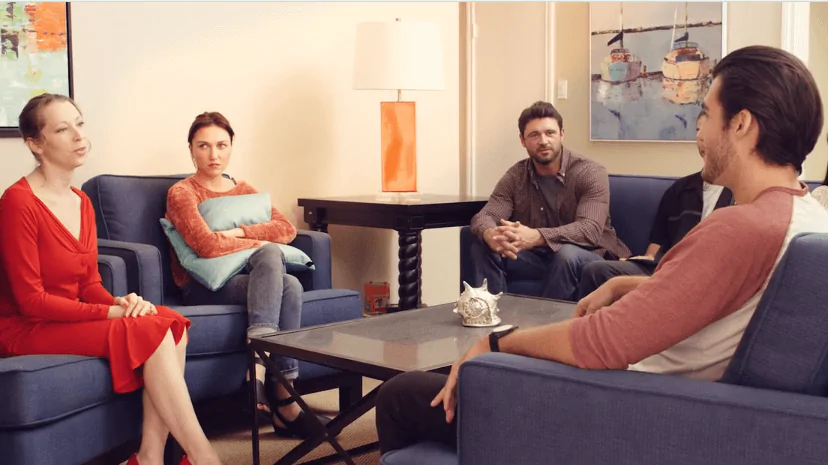offers a vital sanctuary for those grappling with addiction. These dedicated centers provide various treatment options tailored to combat different forms of substance abuse, including alcohol, prescription drugs, and illicit narcotics. The treatment philosophies embraced by these facilities often encompass a mix of therapeutic approaches such as cognitive-behavioral therapy, holistic practices, and 12-step facilitation, aiming to address the physical, emotional, and psychological aspects of addiction recovery. The significance of rehab centers cannot be overstated; they serve as a beacon of hope for individuals and families affected by addiction, providing a structured environment where healing and transformation can occur. The establishment of Residential Rehab rehab centers in Blue Eye has evolved over the years, reflecting a growing recognition of addiction as a treatable health condition rather than a moral failing. Over time, these facilities have made profound impacts in the United States, fostering community awareness, offering outreach programs, and shaping public policy surrounding addiction treatment, thereby changing the lives of countless individuals and families. The journey to recovery starts at these centers, where professional support lays the groundwork for lifelong sobriety and personal growth. For anyone seeking help, exploring the variety of programs within Residential Rehab rehab centers in Blue Eye is an indispensable step toward reclaiming one’s life.
Learn more about Residential Rehab centers in Blue Eye

































